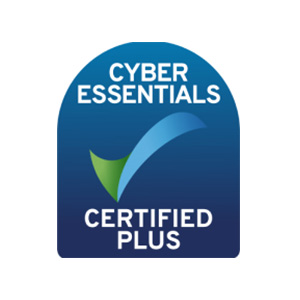Knowledge centre
Latest insights
24 Jun 2025
Resilience reimagined: What every organisation needs to know for 2030
In a world marked by escalating uncertainty, resilience is no longer a behind-the-scenes function, it’s fast becoming a boardroom priority. The recently released Business Continuity Institute’s (BCI’s) Resilience Vision 2030 report offers a compelling roadmap for how business continuity and resilience (BCR) must evolve to meet the demands of the next decade...
Read more






